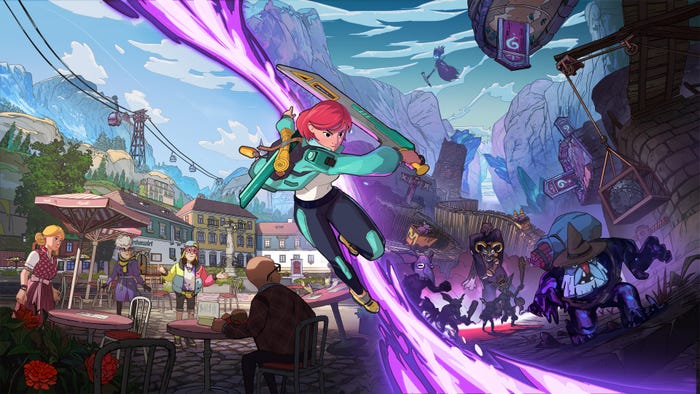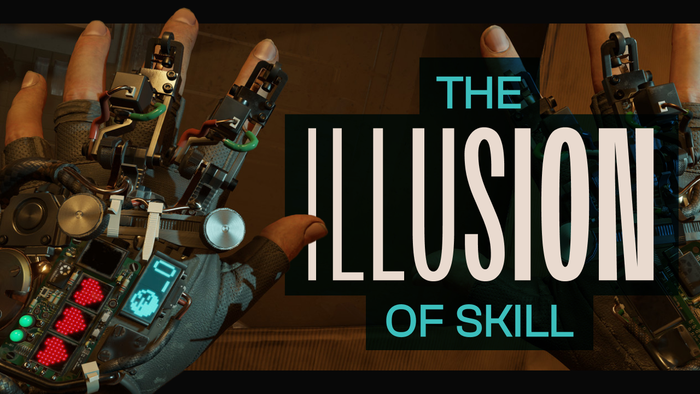Games in three dimensions
Can we classify games in three dimensions, where X is simplicity/complexity, Y is high accessibility/low accessibility, and Z is casual or asynch / immersive or real-time?


image by WillowW, GNU FDL
After a great talk on simplicity vs. complexity in game design at MIT's GAMBIT Lab by Andrew Grant, I'm left thinking about how otherwise I'd think about a scale against which you could classify a game.
During the talk, I came up with three dimensions:
simplicity vs. complexity
simple game examples: go or Pong
complex game examples: Eve Online or interactive improvised storytelling gamesaccessibility vs not so much
accessible: Farmville or Fable
not so much: ancient miniatures (lead figuring wargame) or Ikarugaasynch/casual vs. synchronous - real time - immersive
asynch/casual: Trevian or Farmville
synchronous, etc.: Red Baron, any RTS, Guitar Hero
Many games bridge these. One player may approach virtual worlds as a synchronous social game. Another may throw up a window in Second Life for the music stream from a live performer, and not even pay attention. Civilization is asynch by mechanics -- it's turn based -- but many players adopt an immersive marathon style in playing it -- and it's designed for that too.
This isn't a hard taxonomy, so much as a tool for mulling over. Where do your mechanics fall? Do your players have the same experience or want the same experience as you designed?
No answers, always more questions!
Read more about:
BlogsAbout the Author(s)
You May Also Like







.jpeg?width=700&auto=webp&quality=80&disable=upscale)








